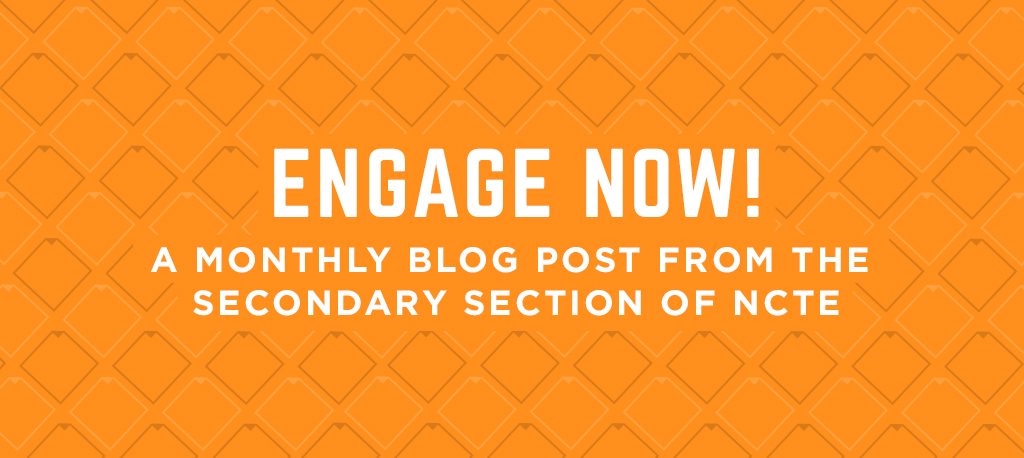From the NCTE Secondary Section Steering Committee
This post was written by NCTE member Angela Moore, a member of the NCTE Secondary Section Steering Committee.
Teaching students to write has always been challenging for English teachers, and recently the pandemic and virtual settings have made it even more difficult. However, having a technique such as the Framing Routine has helped me dramatically in increasing students’ writing performance. The Framing Routine is a way of teaching an academically diverse group of students in which both group needs and individual needs are valued and met.
I was first introduced to this technique during a professional development seminar in the 2018–2019 school year. As a program piloted by the Virginia Department of Education and adopted from the University of Kansas, the Framing Routine has been proven to help Virginia educators tremendously when it comes to increasing academic performance. By identifying easier ways to ensure that students comprehend key information, the Framing Routine helps students focus on the relationships among main ideas and details.
After learning the acronym FRAME, it was easy for me as the English department chair to explain this method to my colleagues.
FRAME
F stands for “Focus on the topic.”
R stands for “Reveal main ideas.”
A is for “Analyze details.”
M represents “Making a ‘So what?’ statement.”
E stands for “Extending understanding.”
Results were achieved when teachers received two to three hours of instruction and were able to discuss the routine as a group, while also giving each other feedback on teaching mechanisms. Outcomes were a success when we all spent the necessary time to plan and use the routine for more inclusive teaching. We were able to teach students how to use the routine so that it could be used regularly over time.
This method is a great way to promote understanding and recall of a key topic and associated essential details. It can help students to take notes about a key topic while also focusing attention on the importance behind the key topic. Not only does the Framing Routine help students identify the main ideas related to the key topic and its details, but it also requires students to make a summary of what is important to remember about the key topic.
One of the benefits that I have seen in my school after using the Framing Routine includes students gaining an average of 10 to 15 percentage points on tests or tasks that required demonstration of mastery. Another academic achievement, among my students specifically, has been the upsurge in writing fluency. On average, students wrote 96 more words on post-test writing tasks; ideation was significantly more coherent; and even mechanical errors were reduced significantly. Overall, the Framing Routine effectively improved student writing and saved some students from failing or from having to retake the standardized test needed to graduate.
If I could recommend one strategy to English teachers who may be reading this post, it would be to try out the Framing Routine for yourself and your students.
 Angela Moore is the English Department Head at George Wythe High School in Richmond, Virginia. She has been teaching for twenty-four years.
Angela Moore is the English Department Head at George Wythe High School in Richmond, Virginia. She has been teaching for twenty-four years.
It is the policy of NCTE in all publications, including the Literacy & NCTE blog, to provide a forum for the open discussion of ideas concerning the content and the teaching of English and the language arts. Publicity accorded to any particular point of view does not imply endorsement by the Executive Committee, the Board of Directors, the staff, or the membership at large, except in announcements of policy, where such endorsement is clearly specified.

